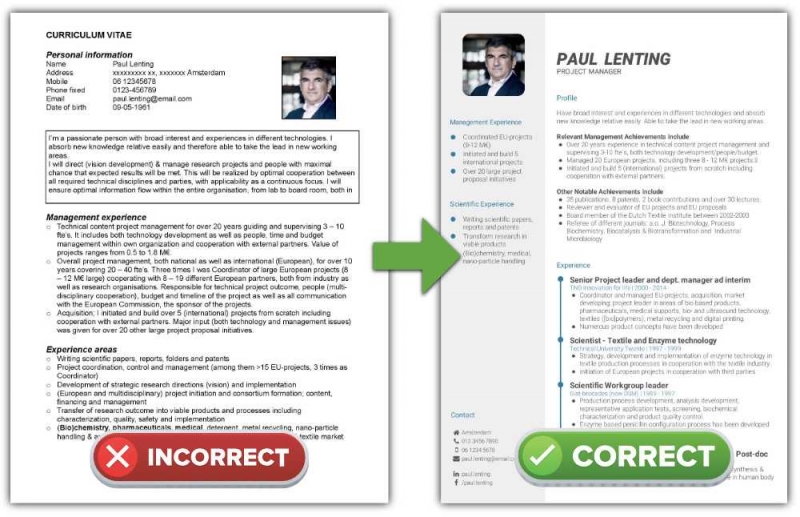How to read CVs
Reading a CV and getting clues to the person behind it becomes easier with practice. A CV is a marketing document in which the candidate is marketing something: themselves.
Are they paying respect to you, the reader, by delivering an exceptional marketing tool for you to read? This marketing document tells you much more than just what the words say. Before you look at the CV, just make sure you have to hand the job description and or role-profile for the vacancy you are looking to fill.
This will keep you centered and focused on finding the right person to fill the role. Only then begin to review the pile of CVs which have been left on your desk. How has the CV been structured? Is it easy to read? Has the typography been thought about and does it have varied typefaces and font sizes to ease navigation but not to ‘dazzle’? What has been left out? Understanding the person behind the CV depends on not only focusing on what is said but also focusing on what is not said; omission as well as commission. The CV of a candidate should be a reassurance to you, the potential employer; it’s a chance to tick the right boxes. And if everything is well-written, there’s a better chance you will organize an interview.
Has the candidate made the best of their knowledge and skills? This section should mention key capabilities helping the candidate stand out from the crowd. These could include communication skills; team working; problem-solving or speaking a foreign language. Has the candidate mentioned anything on the CV about their attitude to work, about how they behave or about the ingrained habits they bring with them, as well as their knowledge and skills? Can the candidate describe their competencies?
Under interests, the candidate ought to highlight the things showing off skills they have gained outside the workplace; but only those of relevance to you, the CV reader. Has the candidate described any examples of positions of responsibility or anything that shows how they used their initiative? For example, was the candidate involved in sports and a team player, was the candidate involved in the running of their university’s website or newspaper or was the candidate an officer of the student’s association or union? Review whether the CV makes use of assertive and positive language such as ‘developed’, ‘organised’ or ‘achieved’ but be wary of generic CVs.
Every CV received should be tailored to the vacancy and the role to be filled; if it’s a generalized CV, it had better be exceptional, make you nod and smile, to get your attention. Always remember the CV hotspot; the upper middle area of the first page is where your eye will naturally fall, so focus on whether the candidate has placed the most important information there.
There is, of course, no single correct way to write and present a CV but the following general rules apply. If it is longer than three pages, the candidate has no sense of being concise; even for a senior job. No spelling mistakes, typos or copy/paste repeat lines; if these are present, then reject the CV.
If the candidate copied large amounts of wording from the job or role posting, then discard. Of course, if there is no mention of the role, then also discard. Do not accept gaps in timescale; if the candidate is hiding something at this stage, then they are likely to hide things from you when they are working for you. Good luck with finding the right person for you.
Related Posts

